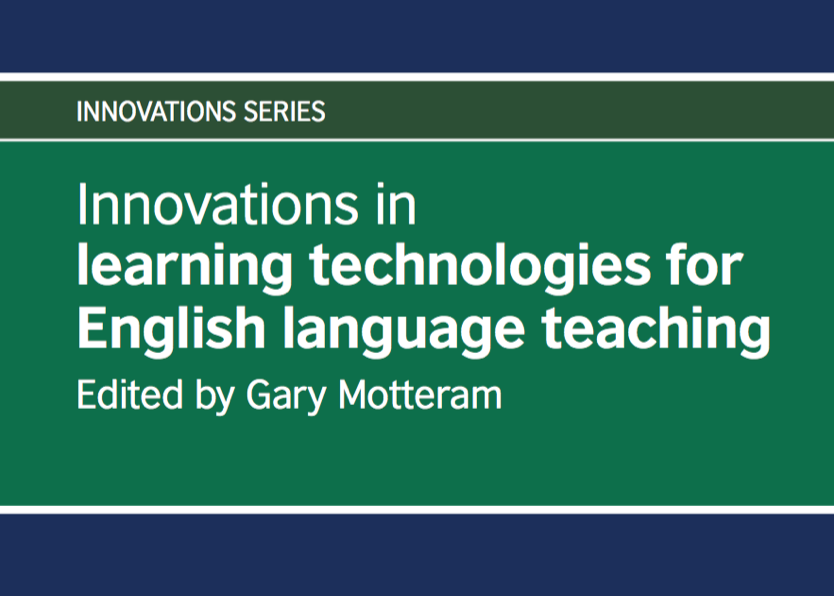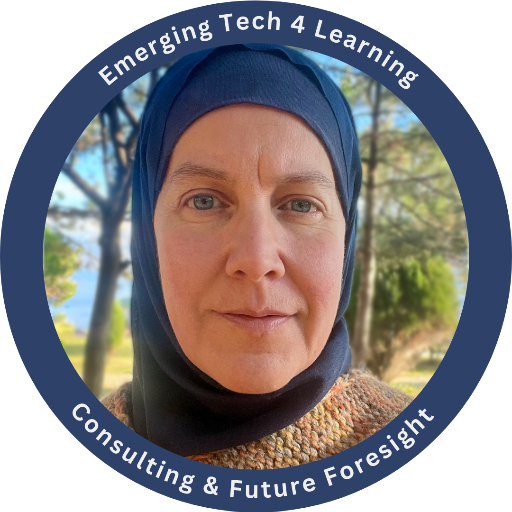This is another new Britisch Council publication to which I contributed. My chapter (ch. 4, p. 87) is on Technology-integrated English for Specific Purposes lessons: real-life language, tasks, and tools for professionals.

There are many books on technology and education including books that cater to language learning and teaching. What is special about this publication is that it has chapters on primary, secondary and adult education (including ESP, EAP, and assessment). Also, all chapters include several case studies of technology used in real context by teachers around the world. In all three of the cases in my chapter on technology in ESP, the teachers use technology (such as Skype, web-conferencing tools, or digital cameras) to teach English which the students also use or will use in their professions:
- Cornelia Kreis-Meyer teaches a German politician how to participate in interviews conducted in English via Skype.
- Mercedes Viola teaches Uruguayan business people how to give presentations online in virtual conference rooms.
- Aiden Yeh, teaches Taiwanese university students advertising English by having them create commercials using a whole range of hardware (digital cameras, computers) and software or web 2.0 tools (movie editor, wikis, blogs, etc.).
The main headings in my chapter are:
- What is ESP?
- A brief history of technology use in ESP
- Benefits of technology use in ESP
- Technologies for ESP
- The internet: a source for authentic materials
- Learner autonomy (and the Internet)
- A place for authentic communication (the Internet)
- Mobile learning
- Blended learning – integrating technology
For a brief overview of technology/CALL (computer-aided language learning), read the Introduction by Garry Motteram. In chapter 7, Gary Motteram draws conclusions from the previous chapters based on a socio-cultural view of learning and he introduces the term “technical cultural artefacts” for digital tools that are repurposed by users in ways that the designers did not intend (such as SMS, the word processor, or Skype), and how this is related to how teachers and students use technology for language learning purposes.
The book can be downloaded as e-book (PDF) for free here.
Read more articles and watch webinar recordings on emerging technologies by Nergiz Kern.
